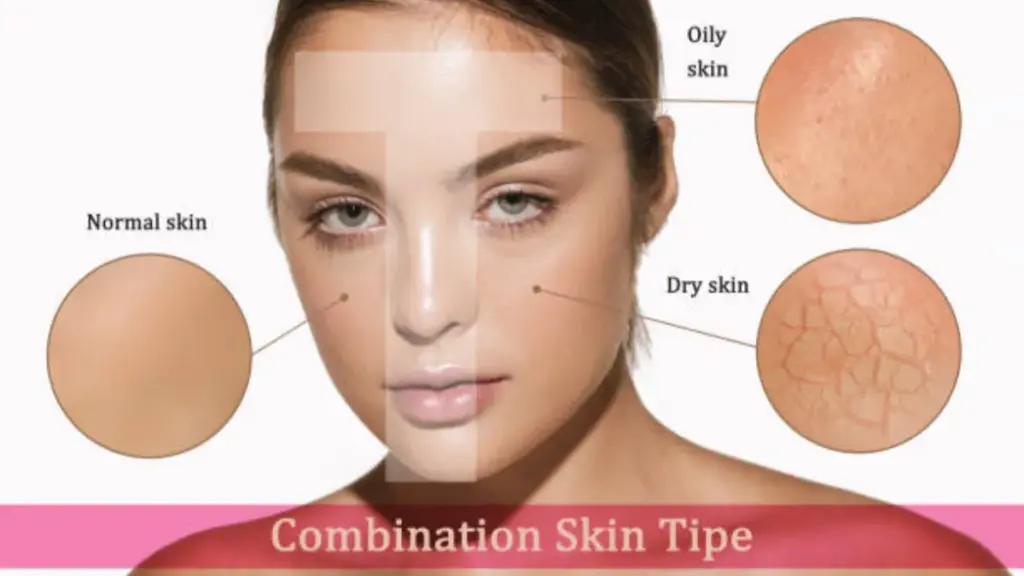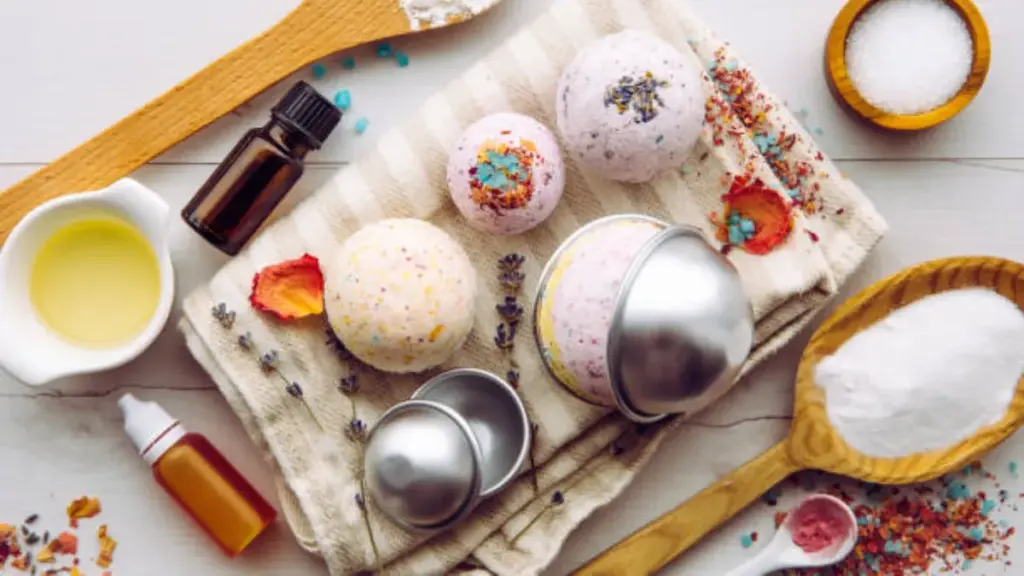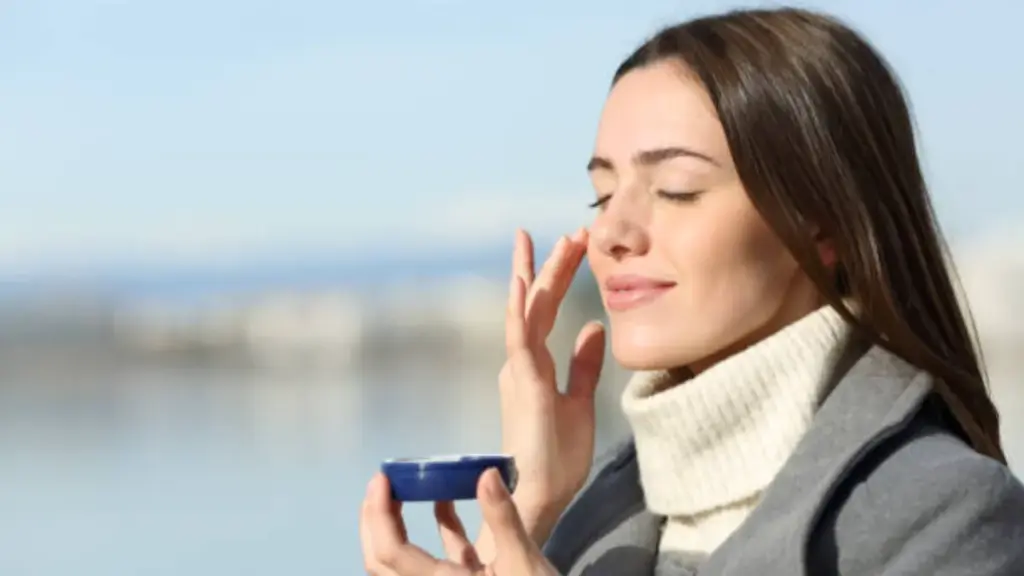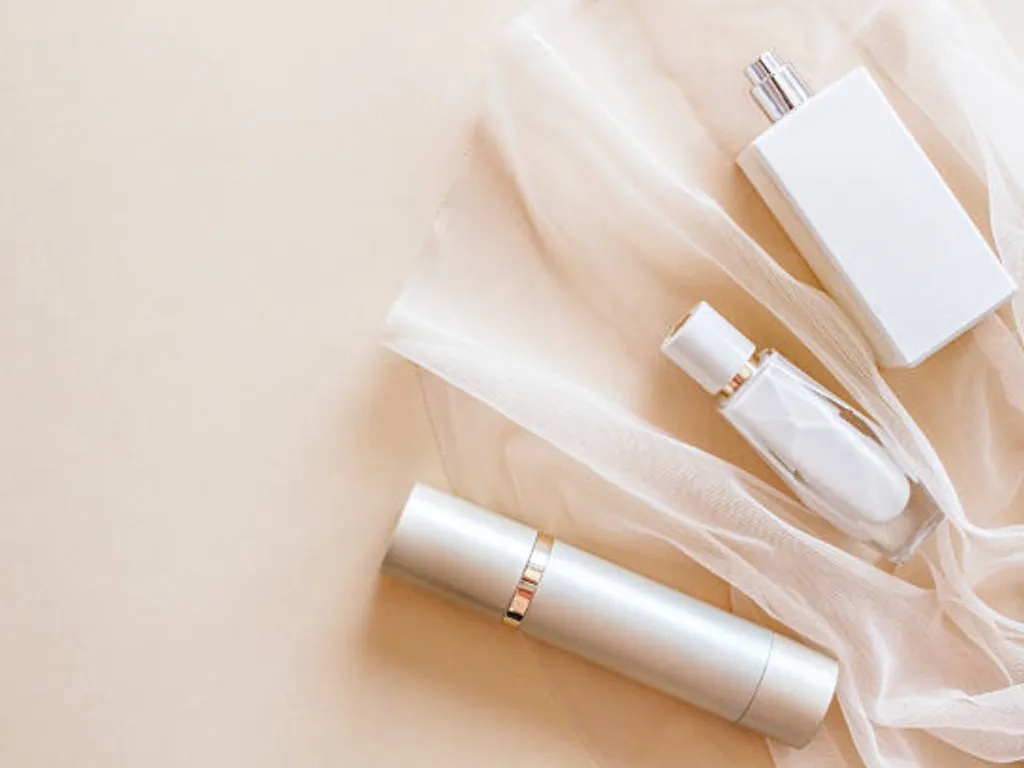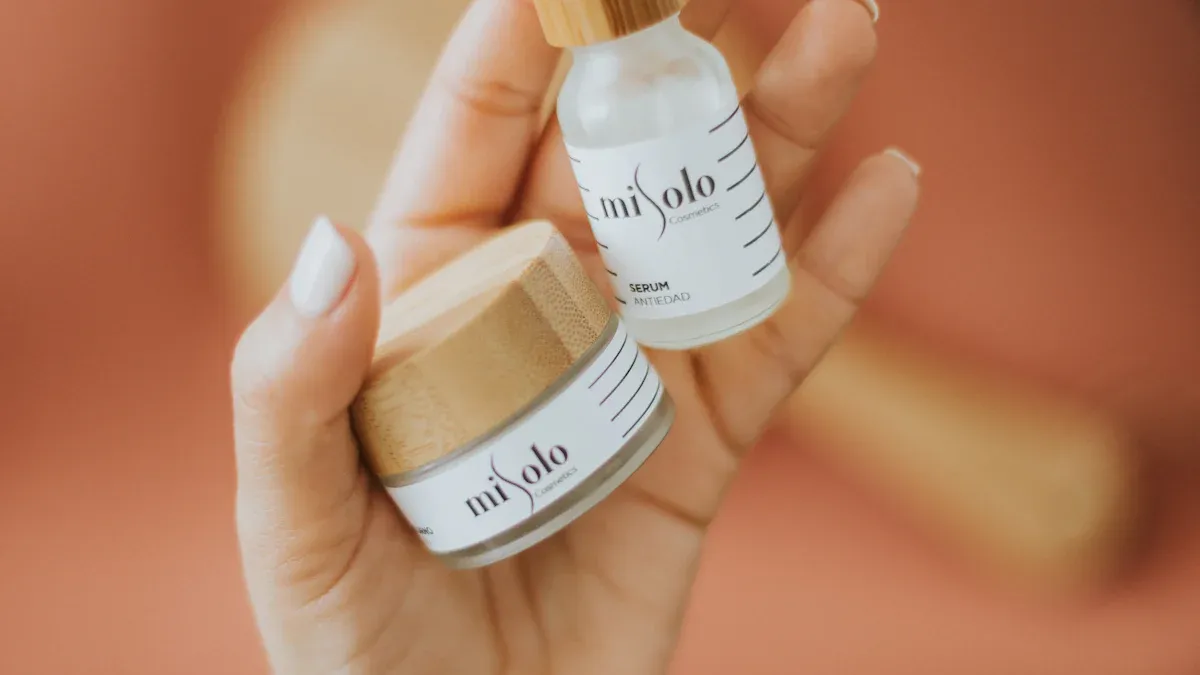
When you’re running a private label beauty line, understanding how to calculate ROI is crucial. It’s your key to determining whether your efforts pay off. Например, some beauty brands have boosted customer retention and ROI by adopting subscription models or reducing reliance on third-party retailers. Strategic planning ensures your profitability grows steadily.
How to Calculate ROI and Manage Costs Effectively
The Formula to Calculate ROI for Your Beauty Line
Calculating ROI for your beauty line helps you understand whether your investments are paying off. The formula is straightforward:
ROI = (Sales - Cost of Campaign) / Cost of Campaign
To make this calculation more accurate, you should track sales activity from campaigns, measure leads generated, and analyze engagement metrics like website visits or social media interactions. Например, Если вы потратите $10,000 on a campaign and generate $25,000 in sales, your ROI would be 150%.
Here’s a breakdown of key metrics to consider:
Metric/Consideration | Описание |
|---|---|
Sales Tracking | Monitor sales activity over specific conversion windows (НАПРИМЕР., 3 или 6 месяцы). |
Leads Measurement | Calculate leads generated and their conversion rate into sales. |
Метрики взаимодействия | Include website time spent, social media engagement, and customer lifetime value. |
Campaign Costs | Factor in media, platform, product, and fulfillment costs. |
Additional Sales | Estimate sales from leads using: leads x conversion rate x average sale price. |
Product Sampling ROI | Include costs of sampling campaigns and sales generated from them. |
By using this formula and tracking these metrics, you can measure ROI effectively and identify areas to improve ROI for future campaigns.
Identifying Fixed and Variable Costs in Beauty Product Manufacturing
Understanding your costs is essential for managing your budget and maximizing profitability. Fixed costs remain constant regardless of production volume, while variable costs fluctuate based on demand or production levels.
Here’s a quick guide to distinguish between the two:
Fixed Costs:
Lease or rental costs for production and office spaces.
Salaries for key staff like scientists, marketers, and customer service teams.
Insurance and compliance with industry regulations.
Maintenance and upgrades of production equipment.
Variable Costs:
Costs of natural ingredients, which can increase by 10-15% during off-peak seasons.
Packaging costs, which may rise by around 8% due to sustainable material innovations.
Marketing expenses, which can shift by up to 20% during product launches.
Distribution expenses, which fluctuate by approximately 5-10% based on demand.
Knowing these costs helps you allocate resources wisely. Например, if ingredient costs spike, you can adjust your pricing or explore alternative suppliers to maintain profitability.
Cost-Saving Strategies: Negotiating with Suppliers and Optimizing Packaging
Reducing costs without compromising quality is key to staying competitive in the beauty industry. Supplier negotiations and packaging optimization are two effective strategies.
Supplier Negotiations:
Dual-sourcing cosmetic packaging can reduce supply chain disruptions and enhance your negotiation power. Brands like XYZ Cosmetics have successfully collaborated with suppliers to decrease lead times and minimize stockouts.Packaging Optimization:
Sustainable packaging not only reduces costs but also resonates with eco-conscious consumers. Green Glam, например, adopted sustainable materials, which boosted brand loyalty and improved ROI.
Кроме того, private label beauty brands are increasingly switching to cost-saving strategies. Фактически, 27% of shoppers prioritize private label products for affordability. By adopting these methods, you can improve ROI while meeting consumer expectations for value and sustainability.
Pricing and Market Positioning for Maximum Profitability
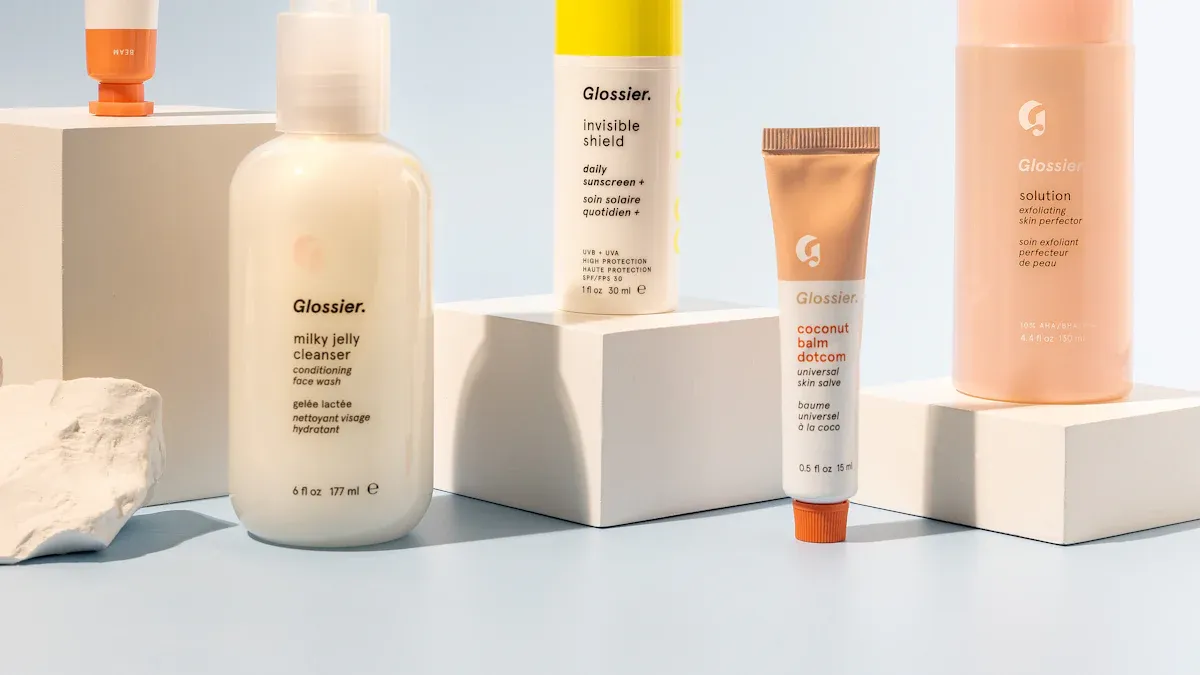
Setting the Right Price: Balancing Costs and Market Expectations
Getting your pricing right is one of the most important steps in maximizing beauty product profitability. It’s not just about covering costs; it’s about meeting market expectations while delivering value. To strike this balance, you need to understand what your customers want and how they perceive your products.
Customer Expectations: People expect quality when they invest in beauty products. If your pricing aligns with the perceived value, they’re more likely to buy.
Cost-Quality Trade-Off: Competitive markets demand careful evaluation of costs versus quality. Например, if your product uses premium ingredients, customers will expect higher prices.
Successful beauty brands like Sephora have mastered this balance. They offer a wide price range and diverse products, catering to different customer segments. Their strategy has cultivated loyalty and boosted profitability. By analyzing your costs and understanding your audience, you can set prices that resonate with your market while ensuring steady returns.
Premium Pricing Strategies for Niche Beauty Products
Premium pricing strategies can elevate your brand and maximize beauty product profitability, especially if you’re targeting niche markets. These strategies work best when your products offer something unique—whether it’s luxury ingredients, innovative formulations, or exclusivity.
Преимущества | Challenges |
|---|---|
Creates an aspirational image appealing to affluent consumers | Requires ongoing investment in quality ingredients and R&Дюймовый |
Justifies higher margins, increasing profitability | Risks alienating price-sensitive customers |
To succeed with premium pricing, focus on creating an aspirational image. Highlight the exclusivity of your products through branding and marketing. Например, luxury skincare brands often emphasize their use of rare ingredients or cutting-edge technology. While premium pricing can boost profitability, it’s essential to maintain quality and deliver on your promises to avoid losing customer trust.
Leveraging Market Trends to Enhance Beauty Product Profitability
Market trends are your roadmap to staying competitive and maximizing beauty product ROI. By tapping into what’s popular, you can position your products to meet evolving consumer demands.
Trend Type | Описание |
|---|---|
The rise of DTC brands is influenced by social media accessibility and changing consumer preferences, especially post-COVID. | |
Celebrity Endorsements | Brands like Kylie Cosmetics and Fenty Beauty leverage celebrity endorsements to capture market attention. |
Subscription Models | Subscription services for personalized beauty boxes provide steady revenue and enhance customer retention. |
AI and Machine Learning | AI is used for personalized shopping experiences, optimizing marketing campaigns based on consumer interests. |
Demand for Personalization | Consumers seek tailored solutions, leading to AI-powered diagnostics and customizable skincare routines. |
Например, subscription models have gained traction as they offer steady revenue streams and build customer loyalty. Сходным образом, AI-powered predictive analytics help brands stay ahead of trends and adapt to shifting consumer preferences. By leveraging these trends, you can position your products effectively and boost profitability.
Marketing Investments and Their Impact on ROI
Measuring ROI from Digital Marketing Campaigns
Tracking the success of your beauty marketing campaign is essential to ensure your investments are paying off. To measure campaign performance, focus on key metrics that reveal how well your efforts resonate with your audience.
Показатель | Описание |
|---|---|
Коэффициент конверсии | Tracks the percentage of visitors completing a desired action, like making a purchase. |
Скорость щелчка (Ctr) | Measures how many people click on your ads or links, showing how appealing your content is. |
Вернуться на рекламу (Роза) | Calculates the revenue generated for every dollar spent on advertising. |
Пожизненная стоимость клиента (CLV) | Estimates the total revenue you can expect from a customer over time. |
Уровень взаимодействия | Includes likes, акции, and comments, reflecting how well your content connects with viewers. |
Например, a beauty brand that tracks ROAS can determine if their ad spend is generating enough revenue to justify the investment. By focusing on these metrics, you can refine your campaigns and maximize ROI.
Social Media and Influencer Marketing for Beauty Brands
Social media and influencer marketing have become game-changers for beauty brands. Около 60% of beauty companies now use influencers to promote their products. Почему? Because campaigns with influencers deliver an average ROI of $5.20 на каждый $1 потраченный.
Platforms like Instagram and TikTok are perfect for showcasing beauty products. Influencers create authentic content that resonates with their followers, driving engagement and sales. Например, Sephora’s influencer partnerships have helped them reach younger audiences and boost brand loyalty.
The influencer marketing industry is now worth over $24 миллиард, proving its value. If you’re not leveraging influencers, you’re missing out on a powerful way to grow your beauty investments.
Optimizing Marketing Budgets for Better Returns
To get the most out of your beauty marketing campaign, you need to optimize your budget. Start by targeting specific demographics through platforms like Facebook and Google Ads. This approach increases brand awareness and drives sales.
Seasonal promotions are another effective strategy. By increasing your ad spend during key sales events, you can capture more customers when they’re ready to buy. Audience segmentation also plays a big role. Profiling your audience based on behavior helps you tailor your campaigns for better conversion rates.
Personalization is key. Например, an email campaign customized to customer preferences can lead to a 50% increase in open rates. By tracking metrics like conversion rates and engagement, you can identify what works and allocate your budget more effectively.
Inventory Management and Adapting to Market Trends
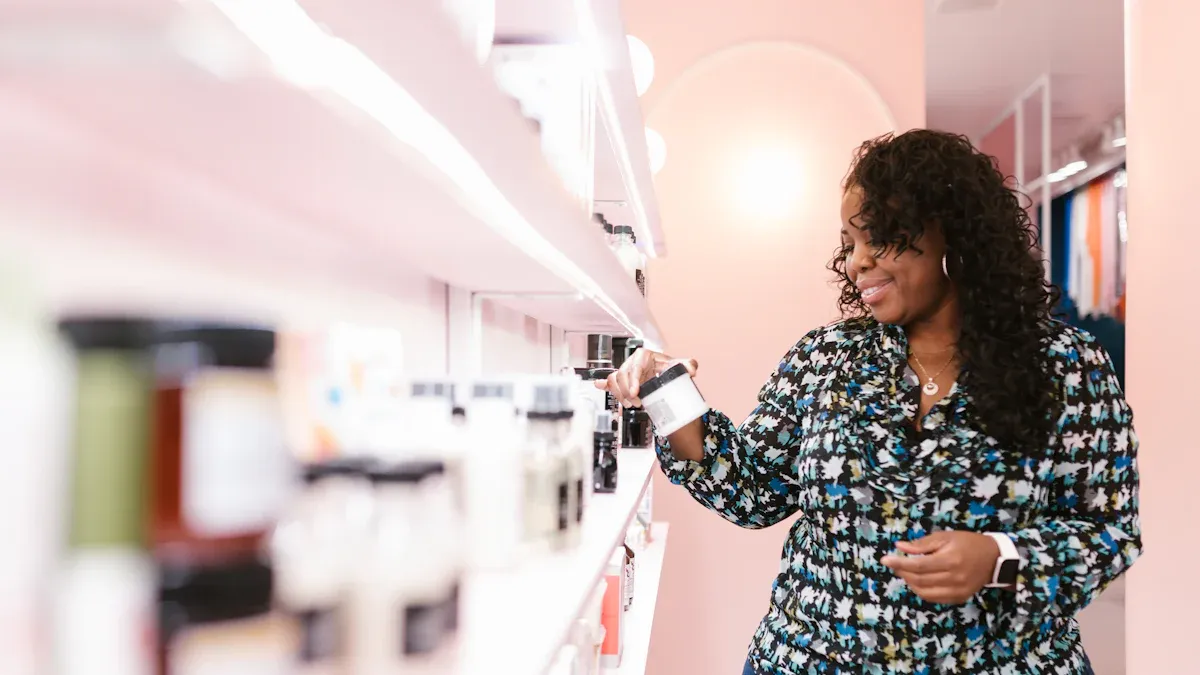
Avoiding Overstock and Stockouts to Protect Profit Margins
Managing inventory effectively is crucial for protecting your profit margin. Overstocking ties up your cash and increases storage costs, while stockouts can lead to missed sales and unhappy customers. Так, how do you strike the right balance?
Start by using historical sales data to forecast demand. This helps you identify trends and seasonal patterns. Например:
Analyzing at least 12–24 months of sales data captures full seasonal cycles.
Tagging data with events like holidays or promotions helps you adjust inventory for sales spikes.
You can also adopt the Economic Order Quantity (EOQ) model. It calculates the ideal order size to minimize costs related to buying, storing, and delivering products. Businesses that combine quantitative methods like EOQ with qualitative insights have improved inventory accuracy by 22% over two years.
By forecasting demand and optimizing order quantities, you can avoid overstock and stockouts, keeping your profit margin intact.
Using Data Analytics to Predict Consumer Demand
Data analytics is a game-changer for predicting demand in the beauty industry. Tools powered by AI and AR are helping brands like L’Oréal and Estée Lauder enhance customer experiences and reduce return rates. These technologies analyze millions of data points across categories like skincare and cosmetics to predict what customers want.
Например, younger consumers are leaning toward чистый, natural, and ethically sourced products. By tracking these preferences, you can align your inventory with market demand. AI tools also help with personalized beauty solutions, such as virtual try-ons or skin analysis. This not only boosts customer satisfaction but also drives total revenue.
Investing in data analytics ensures you stay ahead of market demand and deliver quality products that resonate with your audience.
Staying Competitive by Adapting to Emerging Beauty Trends
Индустрия красоты постоянно развивается, and staying competitive means adapting to new trends. Right now, holistic self-care products are gaining traction. These focus on stress relief and rejuvenation, aligning with the growing demand for wellness.
DIY beauty solutions are also on the rise. During the pandemic, this category saw a 16% increase as consumers looked for at-home alternatives to salon treatments. By offering innovative products in these areas, you can tap into emerging market demand and boost your profit margin.
Чтобы оставаться впереди, keep an eye on trends like sustainability and personalization. Younger buyers prioritize transparency and eco-friendly practices, so incorporating these values into your brand can help you capture their attention. Adapting to these shifts ensures your beauty line remains relevant and profitable.
Maximizing ROI for your beauty line boils down to smart strategies. Manage costs, set competitive prices, and invest in marketing that delivers results. Use data analysis to guide your decisions and predict trends. Stay flexible to adapt quickly when the market shifts. These steps will keep your beauty brand profitable and ahead of the curve.
Часто задаваемые вопросы
How can you improve ROI for your beauty line?
Focus on cost management, competitive pricing, and effective marketing. Use data analytics to predict trends and align your product offerings with customer demand.
What’s the best way to calculate return on investment for campaigns?
Use the formula: ROI = (Продажа – Campaign Cost) / Campaign Cost. Track sales, leads, and engagement metrics to measure campaign success accurately.
How do you avoid overstock and stockouts in inventory management?
Analyze historical sales data and use forecasting tools. Adopt models like EOQ to optimize order quantities and protect your profit margins.

